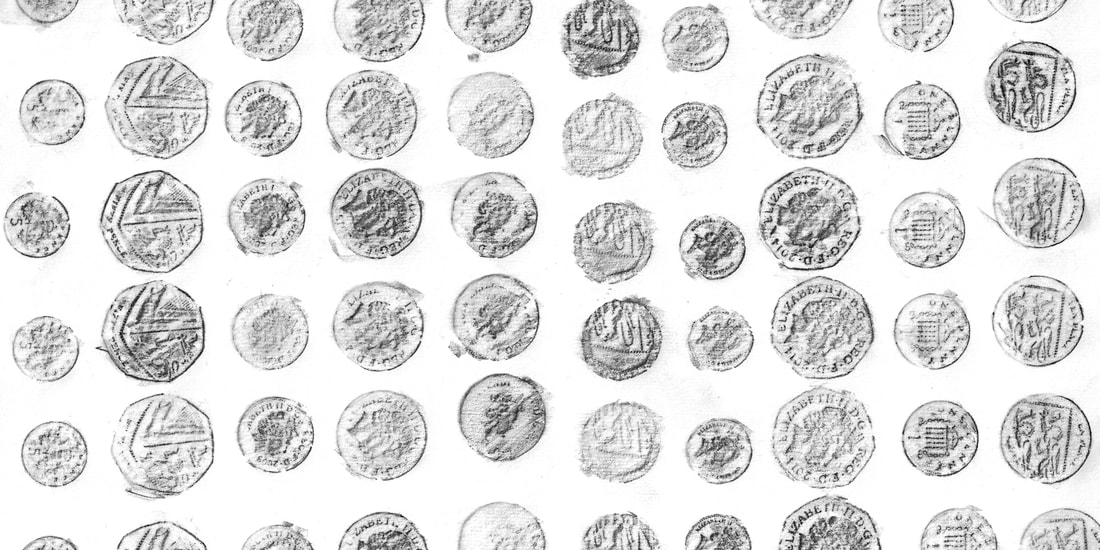|
CREDIT: Drawing: Amanda Moore When working as a freelance artist or creative, you need to be clear with your client about fees for your services and any other costs from the outset. You can also lose out on hard-earned fees because of simple invoicing mistakes. I definitely have. Here are some helpful tips: Decide whether you are charging an hourly/day rate, or flat feeIf the project is a service, like designing some graphics or editing photos as part of an ongoing freelance gig, you may wish to invoice on an hourly or daily rate. Make sure that you agree a rate in advance. It may be worth joining an artist membership site like a-n, (a-n.co.uk), for current recommended day rates. If your project is a one-off larger commission such as a piece of bespoke artwork, you may be better off agreeing a flat fee. Work out a budget breakdown to include estimated time you'll need for; project research, meetings, site visits and production using your day rate. Include an estimate of any necessary expenses and fabrication costs. Get quotations from any external fabricators. Day rate invoicingIf you are working on a day rate, include the time worked on the invoice and your hourly/daily rate so that there is no confusion over this. If extra work is required later, you can easily separate the extra work from the work already completed and invoiced for. Flat fee invoicingAgree a payment schedule if the work will run over a longer timeframe. This may be based on completion of certain tasks or on set dates along the way such as once per month over a six month project. This is very important. Otherwise you could end up working for a long time with no payment which will affect your cash flow. You may also end up invoicing periodically based on the amount of time you have spent and not end up receiving the full lump sum fee agreed once the project is complete. If you have to outlay a lot of money on materials, make sure that your payment schedule is timed and sufficient to cover these costs to reduce your risk. Scope of servicesMake sure to detail what you will be responsible for and what will be provided by others before starting any work. Who is printing the final artwork? Will you be expected to pay for any consultant costs such as engineering fees for a bespoke three-dimensional work? How many meetings will you be expected to attend? How many design revisions will you allow within the agreed fee? This all needs to be agreed or your fee could be spread very thinly. Delivery and installationFollowing on from the point above, make sure that you agree with your client who will be hanging or installing any physical work and whether you are expected to arrange delivery. Get quotations from specialist companies as there could be a massive cost difference between a small van delivery and a large truck with crane. ReceiptsKeep your expense receipts as proof of costs for clients if required. You will also need them in order to claim any tax back on your yearly income tax return. Basic invoice information to include:
Tax on incomeKeep copies of invoices in separate folders for each tax year with receipts. This will make completing your income tax return much easier. Register to pay tax in your country, (called Self-Assessment in the UK), and make sure to put the tax away in a separate account when you get paid so that you don't spend it! Don't forget that there may be other deductions such as student loan payments and National Insurance in the UK.
0 Comments
Your comment will be posted after it is approved.
Leave a Reply. |
AuthorWhat am I doing here? I'm collecting sea water to fill 1,000 bottles and hang them from a scaffold inside an old ruin. Why? Why not? Archives
December 2023
Categories
All
|



 RSS Feed
RSS Feed